Finding the perfect paver sealer depends on your climate, as different sealers offer varying levels of protection and durability in specific weather conditions. In hot, sunny climates, UV-resistant sealers help prevent fading and discoloration, preserving the vibrancy of your outdoor space.
For regions with frequent rain or humidity, water-repellent or penetrating sealers are ideal, as they guard against moisture damage and staining. If you live in an area with harsh winters, a flexible, freeze-thaw-resistant sealer prevents cracks and extends the life of your pavers. Understanding how climate impacts paver maintenance can save you time and money, keeping your outdoor surfaces beautiful and protected all year round.
Key factors to consider when choosing the right paver sealer:
- Paver Material – Concrete, natural stone, and clays have varying porosities requiring sealers formulated for their absorption levels. Test to identify paver properties.
- Usage Location – Higher traffic or complex designs cause more wear. Commercial-grade sealers withstand high/low traffic or kitchen/bathroom chemicals better.
- Appearance Goals – Matte for a natural look, satin for a subtle sheen, or glossy for a polished professional finish. Different sealers create varied visual effects.
- Application Area – Outdoor, indoor, high-heat zones like BBQ areas need temperature stability. Decks/floors/driveways need slip resistance.
- Surface Prep – Energy/time for extensive prep (grinding, filling) may favor penetrating sealers. Less porous surfaces suit film-forming varieties.
- Environmental Factors – Rainfall, humidity, and UV exposure influence water/stain resistance needs. Coastal zones demand protection from salts.
- Maintenance Level – Quality sealers last 2-3 years typically but require reapplication. Labor/cost preferences affect product longevity goals.
- Safety/Regulations – Water-based sealers may be required in VOC-regulated areas. Account for product hazard levels.
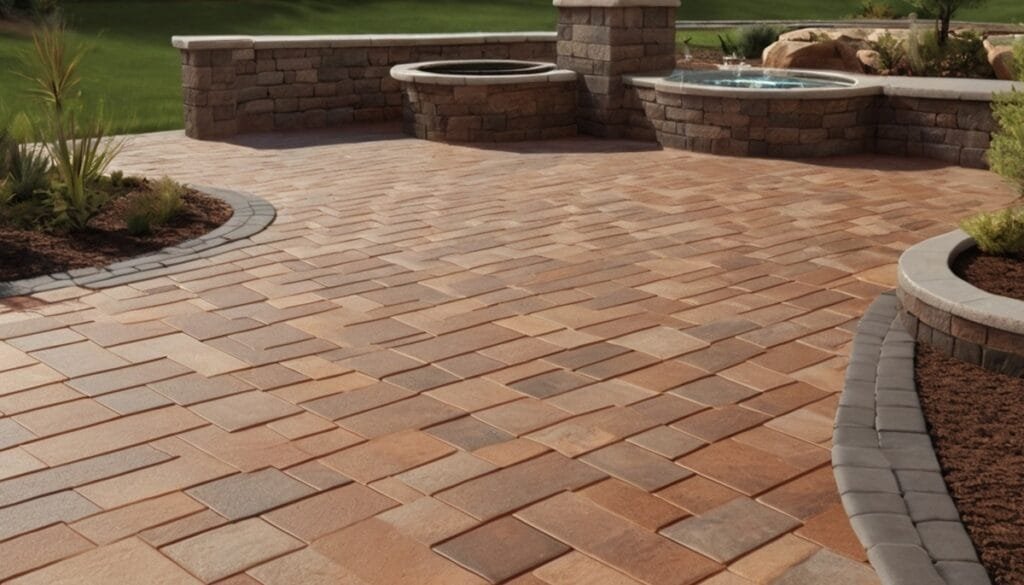
Step 1 to find Best Paver: Identify Paver Material
- Assess the type of pavers you have (concrete, natural stone, clay, etc.).
- Understand that different materials have varying porosities.
Step 2 to find Best Paver: Test Paver Properties
- Perform a simple water droplet test to determine the porosity of your pavers.
- This test will help you understand how much sealer your pavers may require.

Testing paver properties and porosity from an experienced engineering perspective.
Once I’ve identified the material composition, I conduct field testing on sample pavers to determine porosity and sealing needs.
How to Test Paver Sealer Quality
The water droplet test is a simple method providing key insights. I carefully placed a droplet in a few representative areas, observing the absorption rate and spread. Rapid sinking into the paver indicates high porosity requiring more extensive sealing. Beading on the surface means lower absorbency, so less sealer coverage is needed to achieve saturation. I also use lab equipment like mercury intrusion porosimeters for precise pore volume data on substrate samples.
The droplet test provides a quick gauge while my engineering training lets me perform quantitative porosity analysis.
Step 3 to find the Best Paver: Consider Usage Location of the Paver
- Evaluate the area where the pavers are installed.
- High-traffic areas or spaces with exposure to chemicals (like kitchens or bathrooms) may require commercial-grade sealers.
My Experience in factoring in usage location when selecting paver sealers is based on extensive project experience.
Once I know the exact paver properties, I thoroughly evaluate where they are installed to determine the appropriate sealer grade and durability. For light use on patios or walkways, consumer-level acrylic sealers often suffice if reapplied on schedule. However, high-traffic commercial spaces like building entries may warrant industrial epoxy coatings I’ve seen last over a decade with minimal wear. Area exposure also matters – sealers for pool decks must resist constant water and chemicals. My methodical location analysis has prevented the use of inadequate products in demanding environments, saving costly repairs down the road.
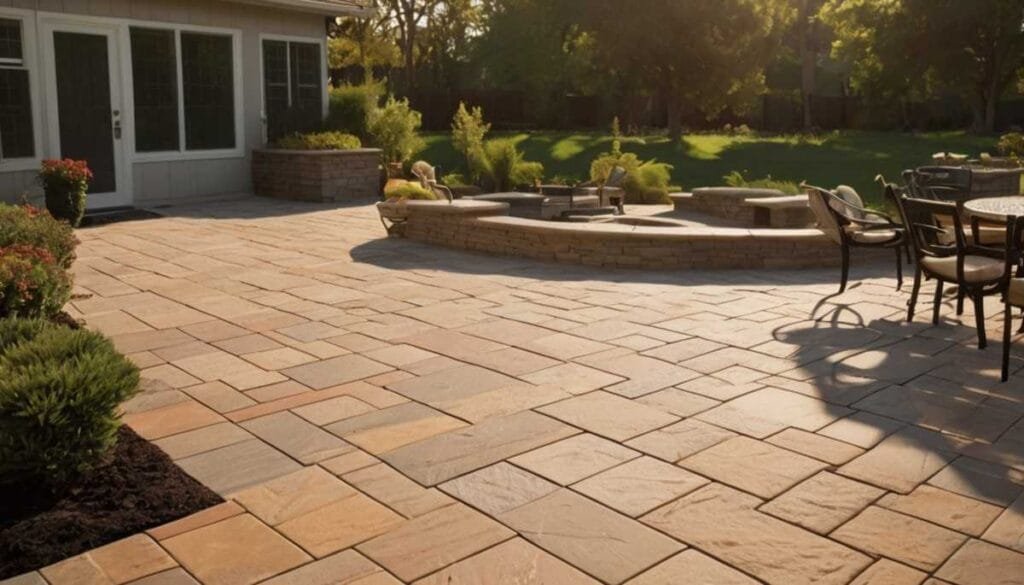
Here is the detailed Paver Sealer Grades and Durability Comparison based on my experience.
| Sealer Grade | Description | Durability | Cost |
|---|---|---|---|
| Consumer | Acrylic or urethane sealers purchased at home improvement stores | 1-3 years | $ |
| Professional | Higher solids acrylics installed by contractors | 3-5 years | $$ |
| Commercial | Specialty acrylics and epoxies for heavy use | 5-10+ years | $$$ |
| Penetrating | Soak into the surface and chemically bond | 5-7 years | $$ |
| Hybrid | Blend film-forming and penetrating | 4-6 years | $$ |
Specification of Consumer Grade Sealer
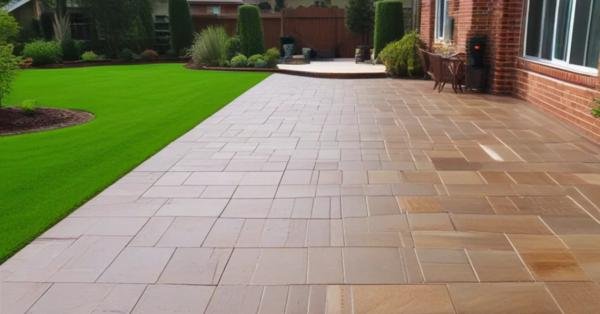
- Entry-level water and solvent-based acrylic sealers
- Lower solids content around 5-10%
- Require more frequent reapplication
- Okay for moderate-traffic residential uses
Specification of Professional Grade Sealer
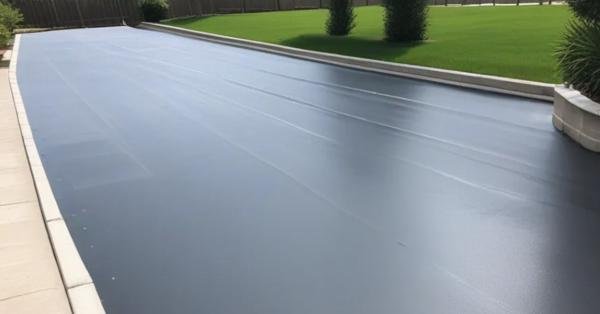
- Contractor-applied acrylic sealers with 15-25% solids
- Increased durability and longevity
- Handle moderate traffic, pets, some chemicals
- Ideal for most residential paver surfaces
Specification of Commercial Grade Sealer
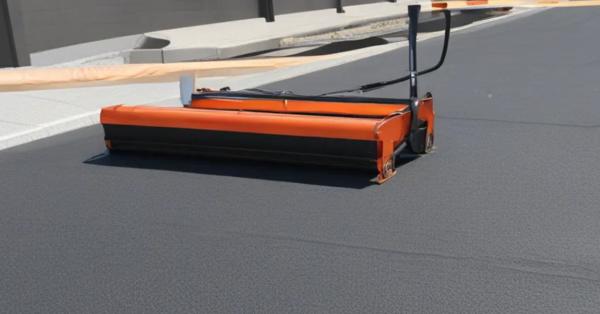
- Heavy-duty silicone, epoxy, polyurethane, or polyaspartic sealers
- High solids over 25%, maximum durability and protection
- Withstand heavy foot and vehicle traffic, chemicals
- Best for high-use commercial spaces
Specification of Penetrating Sealers
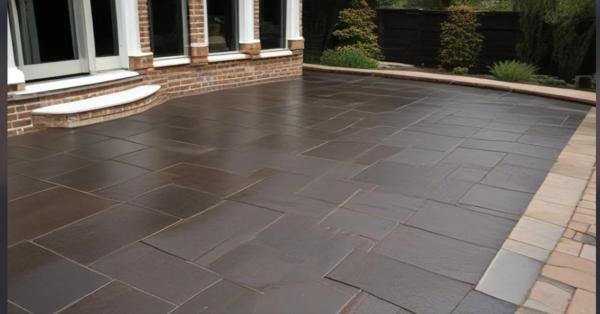
- Soak in and chemically bond with the surface
- Provide subtle enhancement, not a glossy wet look
- Protect without changing surface appearance
- Ideal for quarry, saltillo, and porous masonry
Specification of Hybrid Sealers
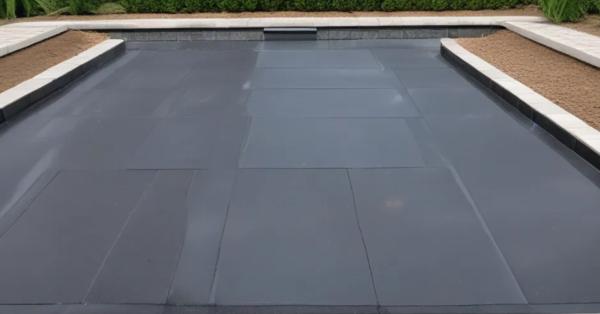
- Blends of penetrating and film-forming sealers
- Provides both deep protection and surface barrier
- Well-suited to demanding residential and commercial applications
Step 4: Define Appearance Goals
- Decide on the level of sheen you desire.
- Options include matte for a natural look, satin for subtle shine, or glossy for a polished, professional finish.
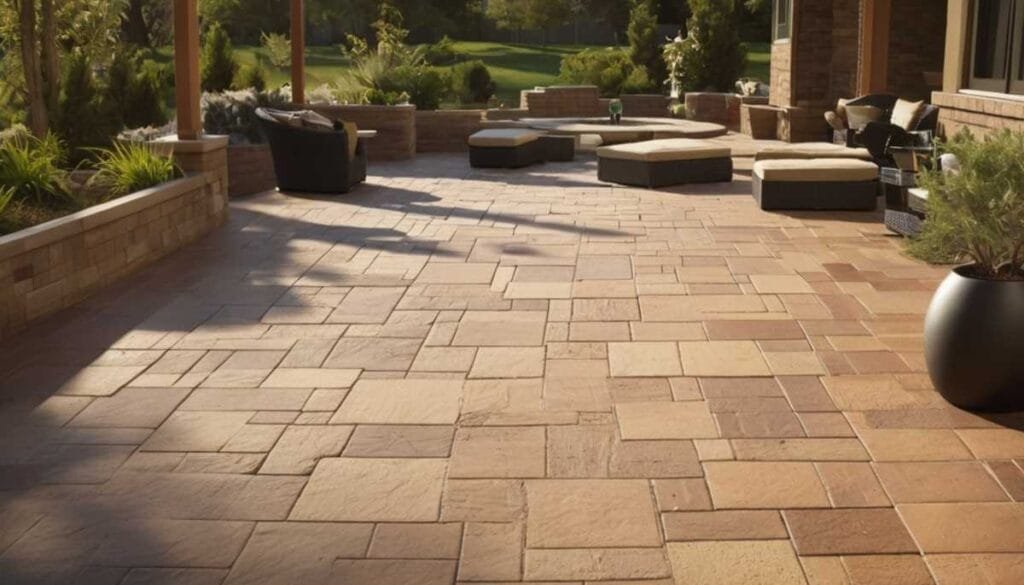
Sheen and gloss options when planning paver sealing projects
Once paver properties and usage are confirmed, I discuss aesthetic preferences with clients to tailor sealer selection. Matte sealers maintain a natural subtlety of some desire, especially on walking surfaces requiring traction. Satin sheens provide an understated shine maintaining some textural appearance. Gloss options create bold darker colors with polished wet looks, but can sacrifice friction when wet.
Entryways Paver Sealers
For representative spaces like entryways, I guide clients toward bolder finishes for impressive curb appeal. On barracks walkways, I stick with matte sealants to preserve function over form from experience. With so many gloss and sheen options now available, clients should view my on-site test sections to make informed decisions balancing beauty and performance. I draw on my materials expertise to deliver the desired appearance while matching durability needs. Defining goals upfront prevents issues later.
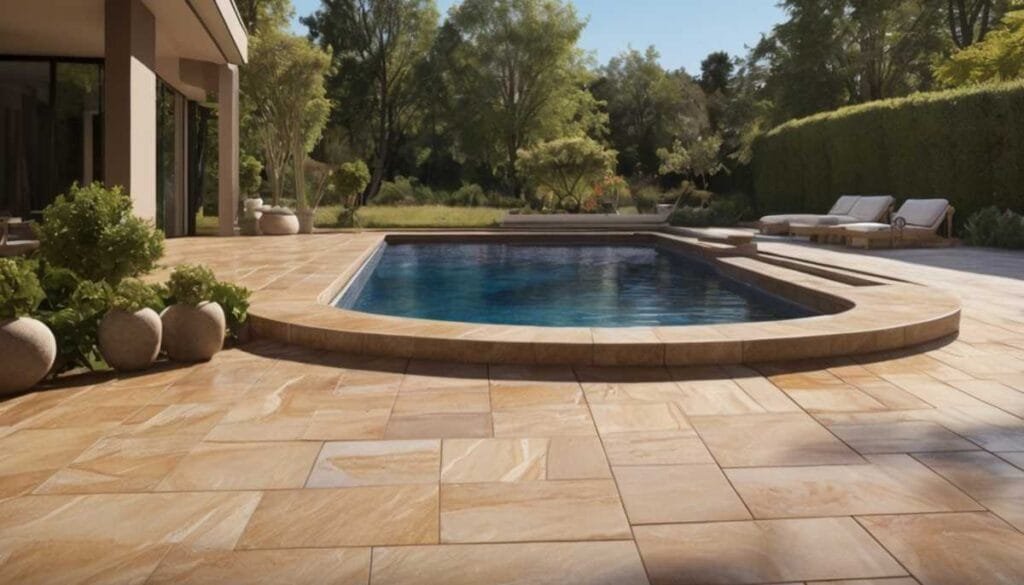
Step 5: Assess Application Area
- Determine if the pavers are in an outdoor or indoor setting.
- Consider specific conditions, such as high-heat zones like BBQ areas or slip resistance for decks, floors, and driveways.

Analyzing the application area and conditions to inform sealer selection based on my extensive project experience
Once appearance priorities are aligned, I thoroughly evaluate the application area and any special considerations. For outdoor pool surrounds, I ensure that select super hydrophobic sealers to repel standing water and chlorine exposure. Spaces seeing snow and deicing use require salt-resistant options I’ve sourced for Fort Drum projects. For covered but unheated areas like patios, I specify low-temperature flexibility and cracking resistance from experience.
Slip resistance and traction of Paver Sealer
Slip resistance and traction get top priority on slopes or walking areas around base housing. My supplier outreach has yielded products meeting stringent military specifications tailored to unique site aspects I analyze before prescribing. I take nothing for granted, assessing every variable.
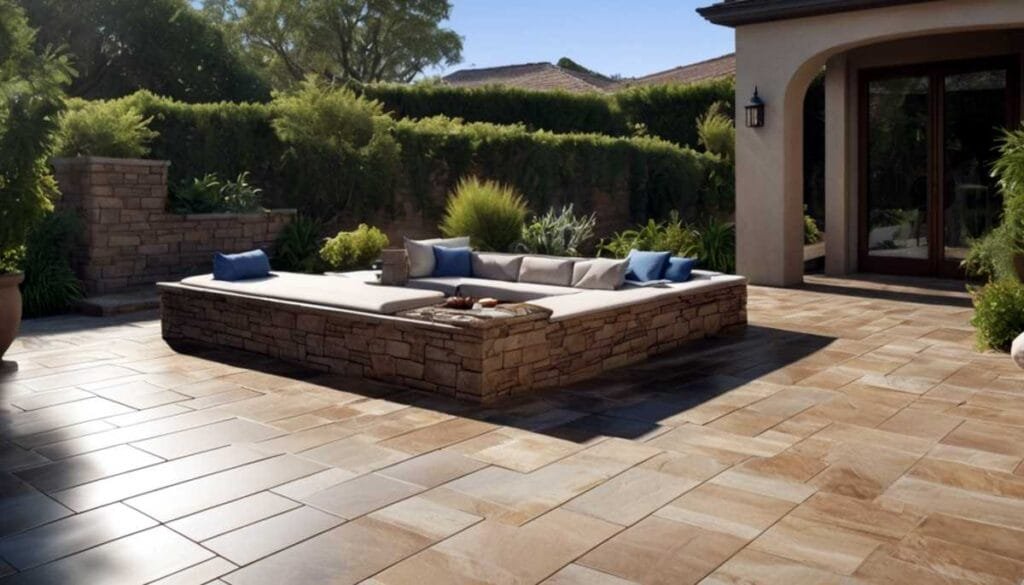
Step 6: Evaluate Surface Preparation
- Assess the level of preparation you’re willing to undertake.
- Extensive prep work, like grinding or filling, may favor penetrating sealers.
- Less porous surfaces may be suitable for film-forming sealers.
Step 7: Account for Environmental Factors
- Take into account the climate and environmental conditions.
- Consider factors like rainfall, humidity, and UV exposure, which can affect water and stain resistance.
- Coastal areas may require protection from salt exposure.
Step 8: Determine Maintenance Level
Understand that quality sealers typically last 2-3 years but may require reapplication. When setting longevity goals for the sealer, factor in your labor and cost preferences.
My preference for determining desired maintenance levels:
Once I finalize the appropriate sealer for a client’s needs, I have candid conversations about practical maintenance considerations. Many quality sealers provide 2-3 years of protection before reapplication is required. For residential owners on budgets, I present lower-priced sealers requiring more frequent renewal balanced against risks of premature wear.
I customize 10-year lifecycle cost models demonstrating the long-term trade-offs tailored to preference. There are no definitively right or wrong approaches, each has merits I outline objectively. My engineering background helps clients make informed sealer decisions aligning costs, efforts, and goals. Jointly developing pragmatic plans prevents frustration down the road.
Step 9: Check Safety and Regulations
- Be aware of local regulations regarding volatile organic compounds (VOCs).
- In some areas, water-based sealers may be required to comply with VOC regulations.
- Consider product hazard levels and safety precautions.
